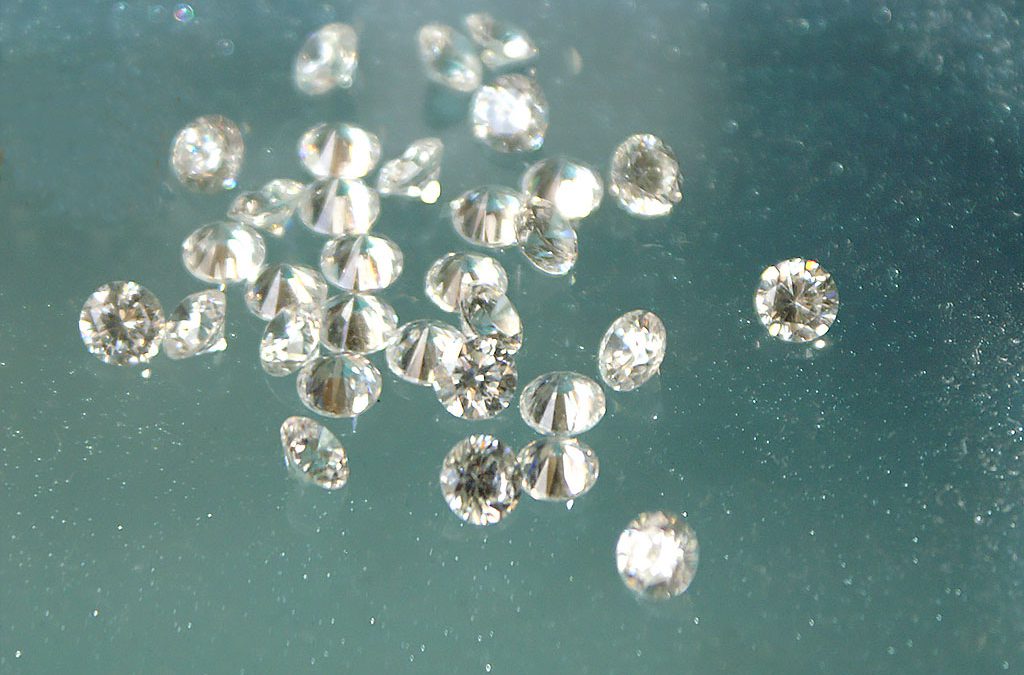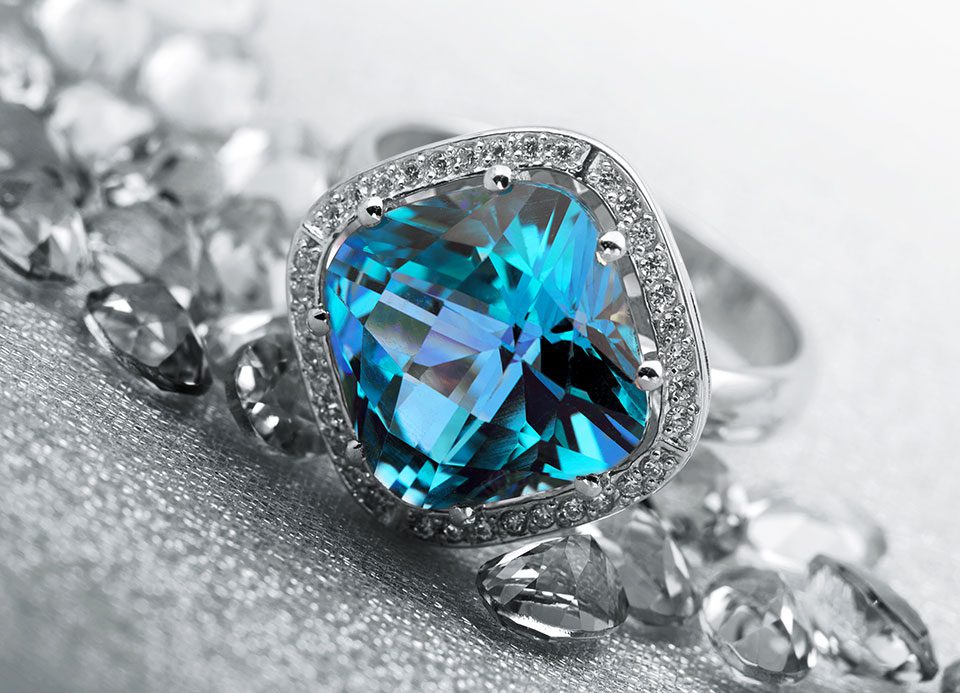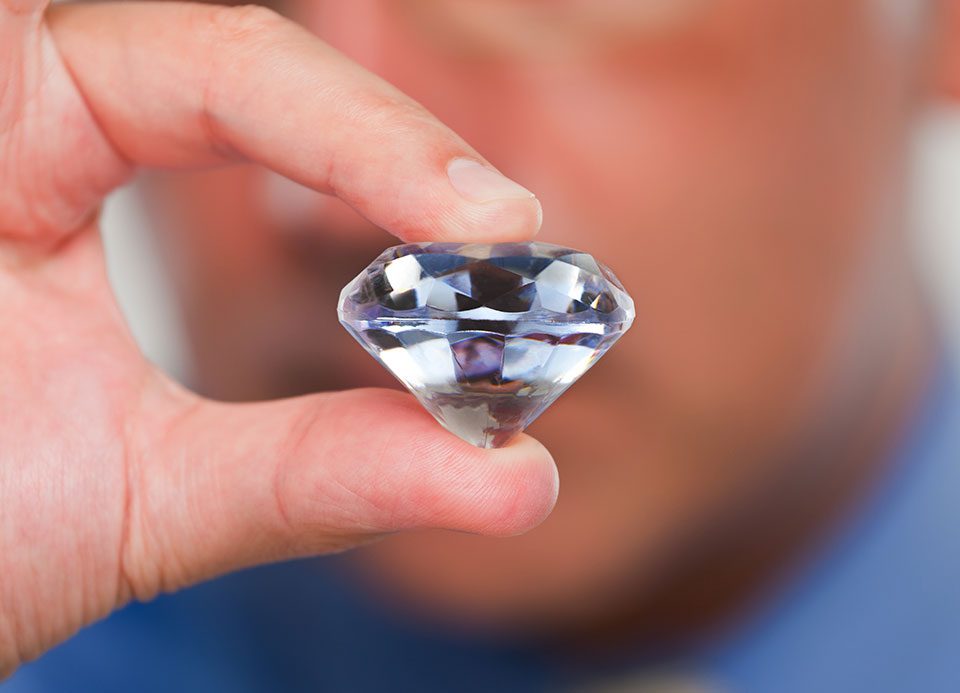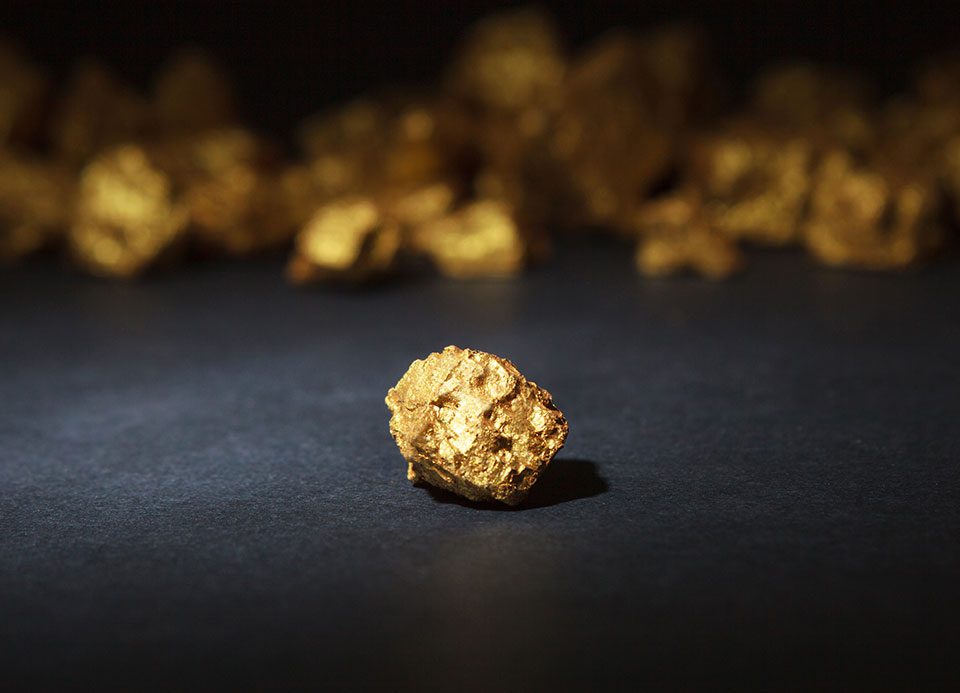
Cutting the Cord on Cable TV
October 1, 2014
New Year, New Resolutions
December 26, 2014Facts About Diamonds
(a.k.a. ‘Ice’) – Stop, Collaborate and Listen!
With the winter weather firmly in place, and the holidays coming right around the corner, everyone here at TBGoods would like to take a moment to talk about some ice…not just the kind that you will be putting in the drinks during this year’s holiday office party, but the really exciting kind: diamonds.
Long heralded and prized as one of the most valued minerals known, diamonds are synonymous with a higher standard, but you know that, right? Here’s a few things that you may not know about diamonds.
Diamonds are incredibly rare…right? Well, not so much, not any more. While it still takes excavating tons and tons of earth to mine a full carat of diamond, the vast majority of mined diamonds are used for industrial purposes…drill bits and sharpeners, for example. Only about 1 out of a million diamonds mined are jewelry-quality 1-carat or better diamonds. So diamonds themselves aren’t rare, but obviously the higher-quality diamonds are. Trust us on this…you don’t want to give a ring with an industrial diamond in it!
When you mention ‘diamond’ to someone, odds are their immediate thought is going to be a diamond engagement ring…and you can thank the Archduke Maximillian of Austria for that. Way back in 1477, the suave Archduke Max made a declaration of his love for Mary of Burgundy a gold ring set with diamonds, as his intent of engagement….(*spoilers: she said ‘yes’).
Anyone who has shopped diamonds or evaluated them knows that size isn’t everything with them. In fact, it’s only about 25% of a diamond’s value. Diamonds are generally graded and valued not only by their size, but also by their clarity, the shape (or cut), and by the color (or lack of color)….but if we are talking about size, let’s talk about BIG: the largest diamond that we know of? Here’s a great bit of trivia for you…this diamond isn’t even on Earth. In 2004, astronomer Travis Metcalfe of the Harvard-Smithsonian Center for Astrophysics and colleagues discovered a diamond star that is 10 billion trillion trillion carats! This cosmic diamond is a chunk of crystallized carbon, 4,000 km across, some 50 light-years from the Earth in the constellation Centaurus. It’s the compressed heart of an old star that was once bright like our Sun but has since faded and shrunk. Astronomers have decided to call the star “Lucy” after the Beatles song, Lucy in the Sky with Diamonds.
…and what’s with the ‘carats’ thing, anyway? Why don’t we use a normal type of measurement for diamonds, like ounces or grams? This goes way back to the 1500s, and the word’s roots from the ‘carob’ bean, which is the fruit of a tree native to the Mediterranean and Middle East. These beans were selected because each one weighs exactly the same, 0.2 grams. 142 of these beans make up an ounce. Each ‘carat’, as a unit of measuring diamonds and gemstones, can also be divided into 100 ‘points’, sort of like pennies to a dollar.
Now that you’ve read some great facts on diamonds, come on in to either of our stores to see some in person, or check out our wide online selection, and show off just how knowledgeable you are!




